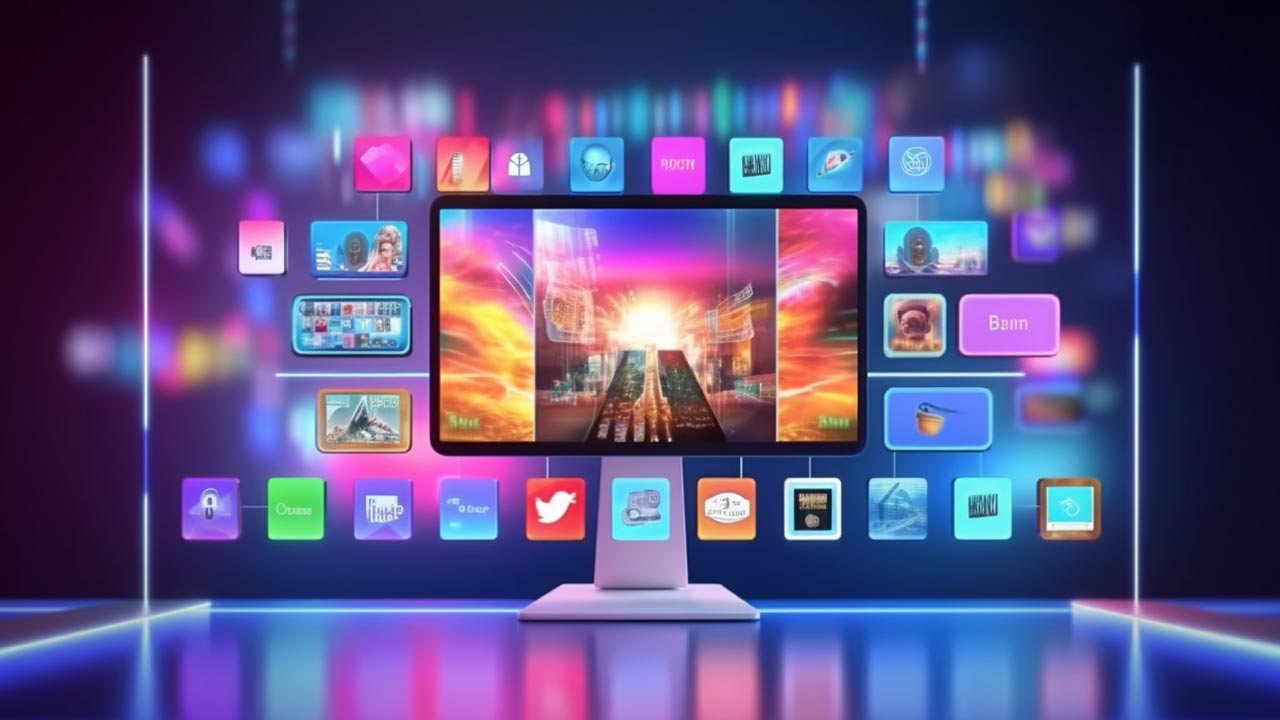From Twitch to YouTube, Facebook Live to Instagram Live, live streaming platforms are being utilized by businesses to engage with audiences in real-time, offering a unique and personalized touch to marketing efforts.
This article provides a complete guide to getting started with live streaming as a marketing strategy. Whether you’re a small business owner, a digital marketing professional, or an individual looking to expand your brand’s reach, you will find valuable insights and actionable tips in this guide.
We will explore the basics of live streaming, its benefits, how to plan and execute a successful live stream, and best practices for marketing through this channel. By the end of this article, you will have a better understanding of how live streaming can be utilized to enhance your marketing strategy, and you will be equipped with the knowledge to start your own live streaming journey.
Table of Contents
- Understanding Live Streaming
- Why Use Live Streaming for Marketing?
- Planning Your Live Stream
- Executing a Successful Live Stream
- Live Streaming Best Practices
- Final Thoughts
- Sources
Understanding Live Streaming
Live streaming involves broadcasting real-time video content to an audience over the internet. It allows businesses to connect with their audience in a more personal and direct way, breaking down the barriers that often exist in digital communication. Live streaming is often used for product launches, Q&A sessions, interviews, tutorials, and behind-the-scenes looks at a company.
Why Use Live Streaming for Marketing?
Live streaming offers several unique advantages as a marketing tool:
- Real-Time Engagement: Unlike other forms of digital content, live streaming allows for real-time interaction between the broadcaster and the viewers. This immediate feedback loop can lead to higher engagement and a deeper connection with the audience.
- Authenticity: Live streams are often less polished than pre-recorded videos, which can make them feel more authentic and relatable to viewers.
- Wide Reach: Live streams can be viewed by anyone with an internet connection, allowing businesses to reach a global audience.
Planning Your Live Stream
Before you go live, there are several things you should consider:
- Goal: Define the objective of your live stream. Are you trying to promote a product, answer customer questions, or build brand awareness?
- Platform: Choose the right live streaming platform for your audience. Research where your target audience spends their time online and choose a platform accordingly.
- Content: Plan the content of your live stream. While some spontaneity can add to the authenticity of the stream, it’s important to have a general outline of what you want to cover.
Executing a Successful Live Stream
During the live stream, keep these tips in mind:
- Engage with Viewers: Interact with your viewers in real-time. Respond to comments and questions, and encourage viewers to engage with the stream.
- Keep it Interactive: Use features like polls, Q&As, or live chats to keep viewers engaged and invested in the stream
- Promote Your Stream: Let your audience know in advance when you’ll be going live. Use social media, newsletters, or your website to get the word out. Also, consider cross-promoting your live stream on other platforms.
- Technical Aspects: Ensure that your internet connection is stable, your audio and video quality is good, and that you have a quiet, well-lit environment for streaming.
Live Streaming Best Practices
To make the most of your live streaming efforts, follow these best practices:
- Consistency is Key: Regular live streaming can help you build and maintain an audience. Try to stick to a consistent schedule so your audience knows when to tune in.
- Promote Engagement: Encourage viewers to like, share, and comment during the live stream. This can help increase the visibility of your stream.
- Repurpose Your Content: After the live stream ends, consider repurposing the content. You can post the full video on your website or social media, or you can clip highlights to share separately.
Final Thoughts
Live streaming is an incredibly powerful tool for marketers. It offers a level of engagement and authenticity that is hard to match with other digital marketing strategies. It allows businesses to connect with their audiences in real-time, respond to their queries, and get instant feedback.
Perhaps the most important takeaway from this article is the need for authenticity and interaction in live streaming. Unlike pre-recorded videos or written content, live streams offer the unique ability to interact with viewers in real-time. This interaction can create a sense of community around your brand and foster a deeper connection with your audience. Remember, successful live streaming is less about perfection and more about connection.
Sources
- “The Rise of Live Streaming and How It Can Benefit Your Brand.” Forbes, Link
- “10 Tips to Improve Your Live Streaming.” Social Media Examiner, Link
- “How to Use Live Video (Facebook & Instagram) to Grow Your Business.” Hootsuite, Link
- “Live Streaming for Business: How, When, and Why You Should Use It.” Business News Daily, Link
- “Why Live Video Is Your Next Big Win (and How to Start Dominating Today).” Neil Patel, Link









